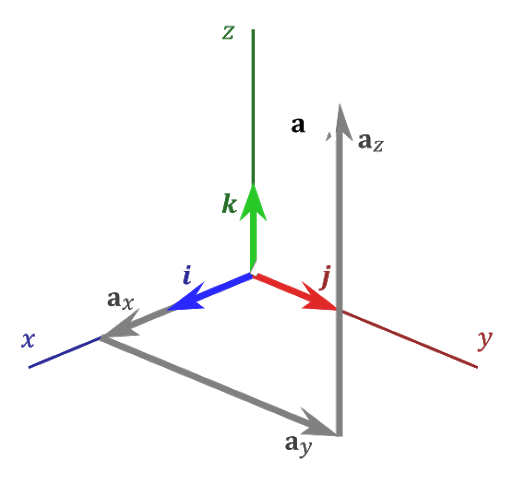You can just use pip by typing:
pip install git+https://github.com/hearot/vectors.git
You can initialize a Vector object by invoking its constructor and passing the three coordinates x, y and z in order. Example:
>>> from vectors import Vector
>>> Vector(1, 2, 3)
Vector(1, 2, 3)You can also initialize a Vector object with the unit vector notation by invoking the Vector.from_symbols static method. Example:
>>> from vectors import Vector, i, j, k
>>> Vector.from_symbols(i+2*j+3*k)
Vector(1, 2, 3)In the end, you can even use spherical coordinates in order to create a Vector object by invoking the Vector.from_polar and passing the module, the azimuthal angle and the polar angle in order. Example:
>>> from sympy import pi
>>> from vectors import Vector
>>> Vector.from_polar(1, pi/2, pi/2)
Vector(0, 1, 0)a*b- equivalent toa.dot(b), the dot product betweenaandb.a**b- equivalent toa.cross(b), the cross product betweenaandb.a|b- the angle betweenaandb(computer using the dot product).a^b- the angle betweenaandb(computed using the cross product).a.azimuthal- the azimuthal angle (see Spherical Coordinates on Wikipedia and Wolfram MathWorld).abs(a)- equivalent toa.module, the module of the vector.a.polar- the polar angle (see Spherical Coordinates on Wikipedia and Wolfram MathWorld).
- proofs/linear.py - proof of
a**bbeing always orthogonal to a linear combination ofaandb.
